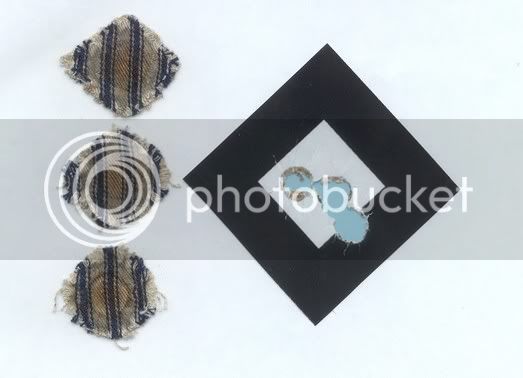Richard Allen
40 Cal.
- Joined
- Mar 31, 2003
- Messages
- 118
- Reaction score
- 0
I


I have found in the past an easier combination was a smaller ball and a thicker patch. I have a theory this was the combination used in the older guns. Common cloth, woven for clothing use I beleive was thicker that cloths of today. Most of our material is machine woven and the thread, threads per inch and thickness is all precise. Cotton or linen hand scutch, broken and woven into thread buy hand or a wheel, then made into cloth on a homemade loom would be less precise, and consequently thicker, say maybe in the range between 15 to 20 thousands in thickness. I do know of one thickness test of 3 original patches found in an early 1800's firearm patchbox. Two were .16 thous, and the other was .17 thous. The thicker patch was against the wood inside the patchbox. I have used in my .40 rifle a .380 ball with a .20 thous. patch. It loaded easily without any short starter, yet was firm as it went down the barrel filling the lands and grooves with the thicker patch. The ball shot well with a reduced charge.
The answer may well be a smaller ball and a thicker patch to answer your question.
Ohio Rusty
I started out with groundhog oil and beewaxs now using deer fat rended down. groundhog,bearand skunk all stay oil unless frozen I mixed the beewax with groundhog so it won't run in hot weather deer fat gets soft but don't run out of tin Dilly